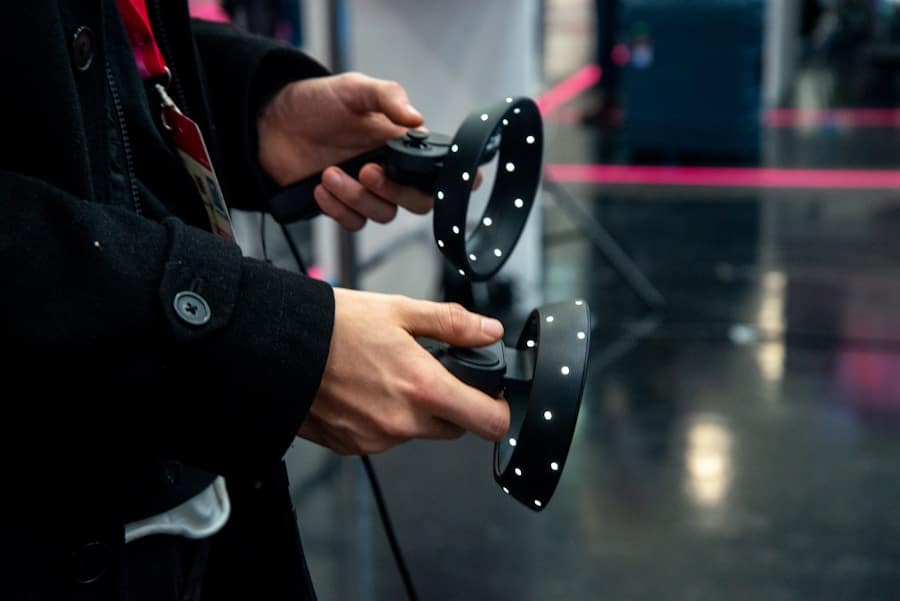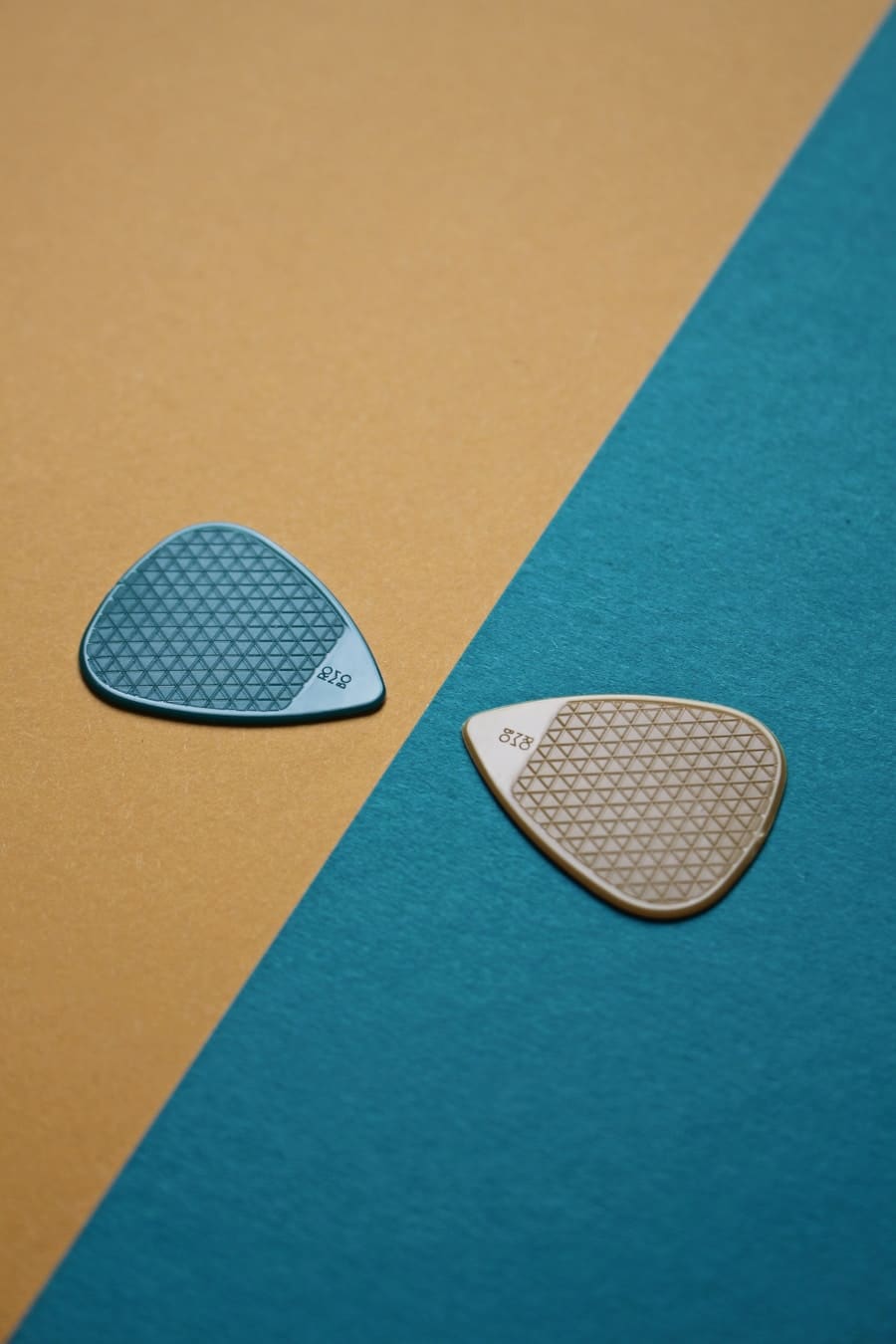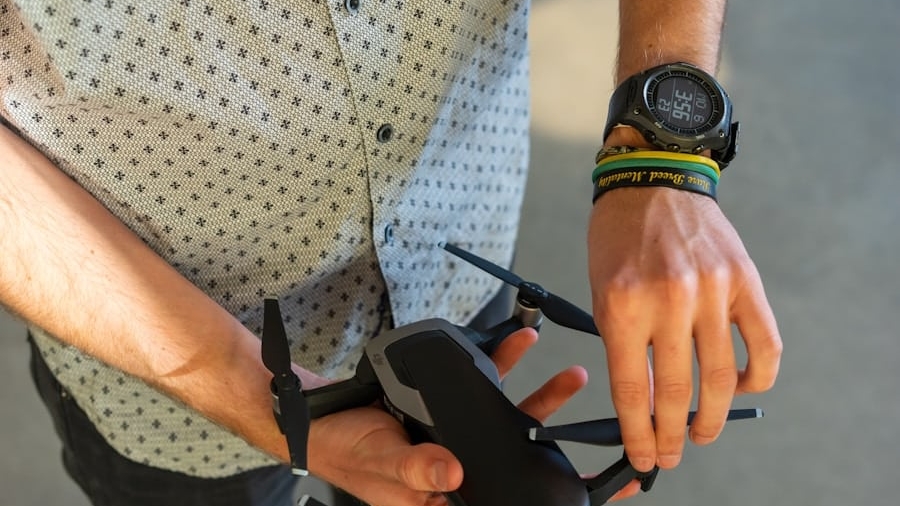Gait tracking has emerged as a critical component in understanding and enhancing mobility among the elderly population. As individuals age, their physical capabilities often decline, leading to an increased risk of falls and mobility-related issues. Gait analysis provides valuable insights into an individual’s walking patterns, which can be indicative of their overall health status.
By monitoring gait, healthcare professionals can identify early signs of deterioration in mobility, allowing for timely interventions that can significantly improve quality of life. For instance, subtle changes in gait may signal the onset of conditions such as Parkinson’s disease or arthritis, enabling proactive management strategies. Moreover, gait tracking is essential for developing personalized rehabilitation programs.
Each elderly individual has unique mobility challenges, and understanding their specific gait patterns can help tailor interventions that address their needs. For example, if gait analysis reveals an asymmetrical walking pattern due to muscle weakness on one side, targeted strength training can be implemented to correct this imbalance. This personalized approach not only enhances recovery outcomes but also empowers elderly individuals by involving them in their own care plans, fostering a sense of agency and motivation to improve their mobility.
Key Takeaways
- Gait tracking is crucial for monitoring and improving elderly mobility, as it can help detect changes in gait patterns that may indicate potential health issues.
- Smart insoles use sensors and technology to track gait patterns, providing valuable data for healthcare professionals and caregivers to assess and address mobility issues in the elderly.
- The benefits of smart insoles for elderly mobility assistance include early detection of mobility issues, personalized intervention plans, and improved overall quality of life for the elderly.
- Challenges and limitations of smart insoles for gait tracking include cost, accuracy of data, and the need for user-friendly interfaces for both the elderly and caregivers.
- Integrating smart insoles into elderly mobility assistance programs can enhance the effectiveness of existing interventions and provide a more comprehensive approach to addressing mobility issues in the elderly.
How Smart Insoles Work to Track Gait
Smart insoles represent a significant advancement in gait tracking technology, integrating sensors and data analytics into a compact and user-friendly format. These insoles are embedded with various sensors, including accelerometers and gyroscopes, which capture real-time data on foot movement, pressure distribution, and walking speed. When an individual walks, the sensors collect information about each step, including stride length, cadence, and balance.
This data is then transmitted to a connected device, such as a smartphone or tablet, where it can be analyzed using specialized software. The technology behind smart insoles is designed to be unobtrusive and comfortable for the user. Unlike traditional gait analysis methods that often require specialized equipment or clinical settings, smart insoles can be worn in everyday footwear, allowing for continuous monitoring in natural environments.
This capability is particularly beneficial for elderly individuals who may have difficulty attending regular appointments or who prefer to maintain their independence. The data collected can provide a comprehensive overview of an individual’s gait over time, enabling healthcare providers to track changes and adjust treatment plans accordingly.
The Benefits of Smart Insoles for Elderly Mobility Assistance

The advantages of smart insoles extend beyond mere data collection; they offer practical benefits that can significantly enhance mobility assistance for the elderly.
By continuously monitoring gait patterns, smart insoles can alert users and caregivers to changes that may indicate an increased risk of falls or other mobility issues.
For instance, if the data shows a decrease in walking speed or an increase in variability in stride length, it may prompt further evaluation and intervention before a more serious problem develops. Additionally, smart insoles can facilitate rehabilitation efforts by providing real-time feedback to users. This immediate feedback loop allows elderly individuals to make adjustments to their walking patterns as they receive guidance on their performance.
For example, if the insoles indicate that a user is favoring one leg over the other, they can consciously work on distributing their weight more evenly while walking. This interactive approach not only aids in physical rehabilitation but also encourages engagement and motivation among users, as they can see tangible improvements in their mobility over time.
Challenges and Limitations of Smart Insoles for Gait Tracking
Despite the promising potential of smart insoles for gait tracking, several challenges and limitations must be addressed to maximize their effectiveness. One significant challenge is the accuracy and reliability of the data collected. While modern sensors are increasingly sophisticated, factors such as improper fitting of the insoles or variations in walking surfaces can affect the quality of the data.
Another limitation is the potential for technological barriers among elderly users. Many seniors may not be familiar with smartphones or digital applications required to access the data from smart insoles.
This lack of technological literacy can hinder their ability to fully benefit from the system. Furthermore, there may be concerns regarding data privacy and security, as sensitive health information is collected and transmitted through digital platforms. Ensuring that users feel confident in the security of their data is crucial for widespread adoption of smart insoles in elderly care.
Integrating Smart Insoles into Elderly Mobility Assistance Programs
To fully realize the benefits of smart insoles in enhancing elderly mobility assistance, integration into existing healthcare frameworks is essential. This involves collaboration between healthcare providers, technology developers, and caregivers to create comprehensive programs that utilize gait tracking effectively. For instance, rehabilitation centers could incorporate smart insoles into their physical therapy protocols, allowing therapists to monitor patients’ progress remotely and adjust treatment plans based on real-time data.
Moreover, training programs for caregivers and healthcare professionals are vital to ensure they understand how to interpret the data generated by smart insoles. By equipping caregivers with the knowledge to analyze gait patterns and recognize concerning trends, they can provide more informed support to elderly individuals. Additionally, community outreach initiatives could help educate seniors about the benefits of using smart insoles and how they can enhance their independence and safety while walking.
The Future of Smart Insoles for Elderly Mobility

The future of smart insoles holds exciting possibilities as technology continues to evolve. Innovations in sensor technology and data analytics are likely to enhance the accuracy and functionality of these devices further. For example, advancements in machine learning algorithms could enable smart insoles to provide predictive analytics based on historical gait data, identifying potential risks before they manifest as mobility issues.
This proactive approach could revolutionize how healthcare providers manage elderly patients’ mobility. Furthermore, the integration of smart insoles with other wearable technologies could create a holistic health monitoring system for seniors. Imagine a scenario where smart insoles work in conjunction with wearable fitness trackers or smartwatches to provide a comprehensive view of an individual’s physical activity levels, heart rate, and overall health status.
Such integration would not only enhance gait tracking but also promote a more active lifestyle among elderly individuals by encouraging them to engage in regular physical activity tailored to their capabilities.
User Experience and Feedback on Smart Insoles for Gait Tracking
User experience plays a crucial role in determining the success of smart insoles for gait tracking among the elderly population. Feedback from users has highlighted both positive aspects and areas for improvement. Many seniors appreciate the unobtrusive nature of smart insoles; they can wear them without feeling burdened by additional devices or complicated setups.
Users often report feeling empowered by having access to their own health data, which fosters a sense of control over their mobility journey. However, some users have expressed concerns regarding comfort and fit. If smart insoles are not designed with ergonomic considerations in mind, they may cause discomfort during prolonged use.
Additionally, users have noted that while real-time feedback is beneficial, there is often a learning curve associated with understanding how to interpret the data effectively. Simplifying user interfaces and providing clear instructions could enhance user satisfaction and encourage more seniors to embrace this technology as part of their daily lives.
Ethical Considerations in Using Smart Insoles for Elderly Mobility Assistance
The implementation of smart insoles for elderly mobility assistance raises several ethical considerations that must be carefully navigated. One primary concern revolves around privacy and data security. As these devices collect sensitive health information about users’ gait patterns and mobility behaviors, ensuring that this data is protected from unauthorized access is paramount.
Developers must prioritize robust encryption methods and transparent data usage policies to build trust among users. Additionally, there is an ethical obligation to ensure equitable access to this technology across diverse populations of elderly individuals. Socioeconomic factors may influence whether seniors can afford smart insoles or have access to the necessary technology to utilize them effectively.
Addressing these disparities is crucial for ensuring that all elderly individuals can benefit from advancements in gait tracking technology without facing barriers related to cost or technological literacy. In conclusion, while smart insoles present a promising avenue for enhancing elderly mobility assistance through gait tracking, careful consideration of user experience and ethical implications will be essential for their successful integration into healthcare practices.
A related article to How Smart Insoles Track Gait for Elderly Mobility Assistance is Exploring the Features of the Samsung Notebook 9 Pro. This article delves into the innovative features of the Samsung Notebook 9 Pro, highlighting how technology can enhance daily tasks and improve overall quality of life. Just as smart insoles are revolutionizing elderly mobility assistance, the Samsung Notebook 9 Pro is pushing the boundaries of what is possible with technology.
FAQs
What are smart insoles?
Smart insoles are electronic devices that are placed inside a person’s shoes to track and analyze their gait and movement patterns. These insoles are equipped with sensors and technology to collect data on a person’s walking behavior.
How do smart insoles track gait?
Smart insoles use sensors to measure pressure, force, and movement as a person walks. The data collected from these sensors is then analyzed to provide insights into the individual’s gait, including their stride length, step count, and balance.
How can smart insoles assist with elderly mobility?
Smart insoles can provide valuable information about an elderly person’s gait and mobility patterns. This data can be used to detect changes in gait that may indicate an increased risk of falling or mobility issues. By monitoring these changes, caregivers and healthcare professionals can intervene early to prevent falls and provide targeted mobility assistance.
What are the benefits of using smart insoles for elderly mobility assistance?
Using smart insoles for elderly mobility assistance can help improve safety and quality of life for older adults. By tracking gait and movement patterns, smart insoles can provide valuable insights into an individual’s mobility and help identify potential issues before they become serious problems. This proactive approach can lead to early intervention and personalized care for elderly individuals.
Are there any privacy concerns with using smart insoles for elderly mobility assistance?
Privacy concerns may arise when using smart insoles, as they collect and analyze personal movement data. It is important for caregivers and healthcare professionals to ensure that the data collected is used responsibly and in compliance with privacy regulations. Clear communication and consent from the elderly individual should be obtained before implementing smart insole technology for mobility assistance.

